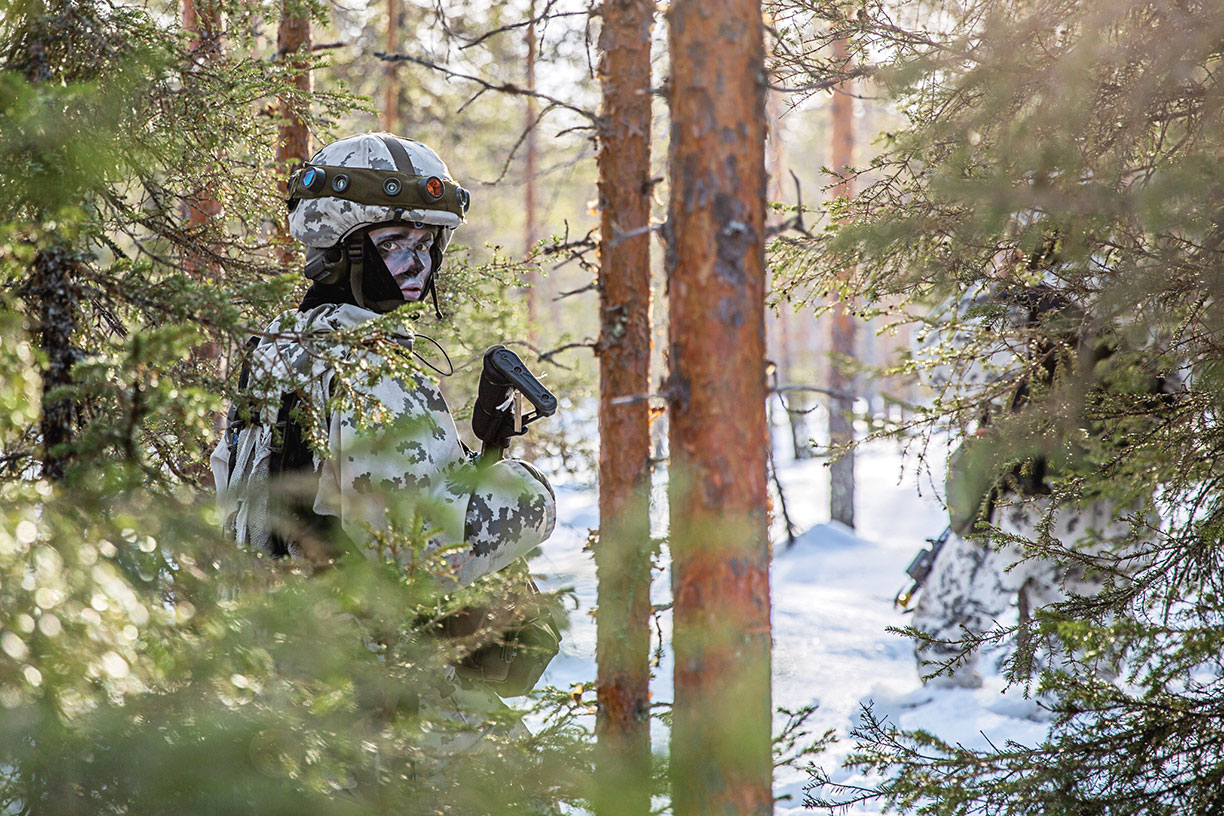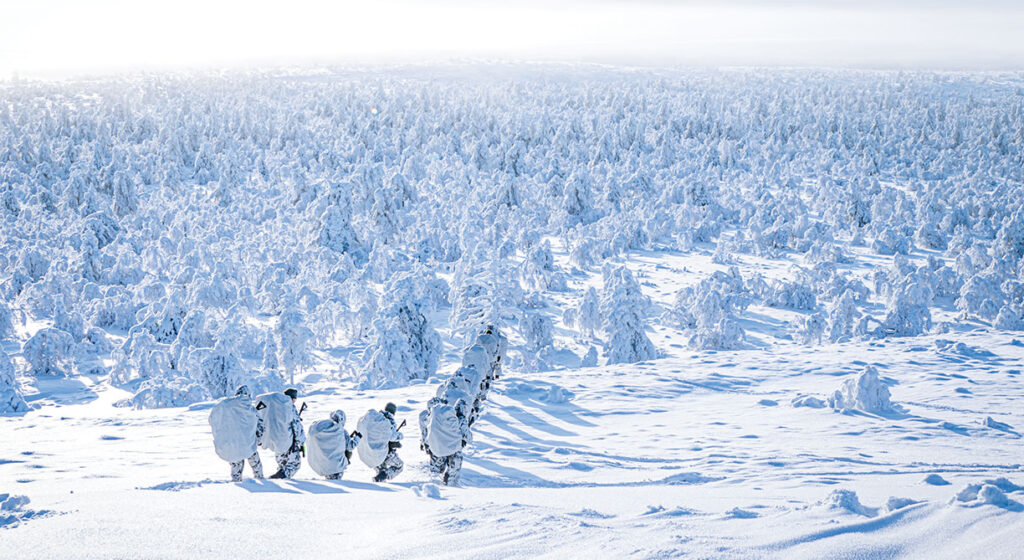JANNE KUUSELA/FINLAND DEFENSE POLICY DIRECTOR
The bids of Finland and Sweden to join NATO have brought the security of the Baltic Sea region into public awareness. However, Russia’s war against Ukraine also has changed the dynamics in the Arctic.
Arctic “hard” security is a two-sided coin. One represents the region’s enduring strategic importance, while the other is about the geopolitics of melting polar ice. The sides are clearly connected, but they have evolved on slightly different tracks. Russia, with its vital security and economic interests in the Arctic, embodies both sides.
Despite rising tensions in Europe, there has not been an increase in military confrontation in the Arctic. However, because it is a dynamic security environment, an Arctic spillover cannot be ruled out. For Russia, the strategic importance of its Northern Fleet, Arctic sea lanes and natural resources have not diminished.
The Nordic countries have been unwavering in holding the Arctic as strategically important. In November 2022, Finland, Norway and Sweden agreed to further enhance operations planning in the High North against the background of eventual Finnish and Swedish accession to NATO. Finland officially joined NATO on April 4, 2023; Sweden’s membership has yet to be ratified. The Nordic countries are preparing a new vision for defense cooperation. The geopolitical realities differ: Denmark’s focus is on Greenland, while Norway and Iceland have vast Arctic sea areas to look after. Finland and Sweden are not littoral Arctic states, but both cover large land territories in the region. These perspectives are complementary and improve Nordic ability to act together to strengthen security in the Euro-Atlantic area.
Joining NATO is a historic shift in Finnish and Swedish security and defense policy. However, adding Finland and eventually, fellow Arctic nation Sweden, also will change NATO. To ensure the security of the Baltic Sea, the alliance must be prepared to defend the northern areas. This will require a renewed focus on land and air domains, as well as a new level of Arctic defense expertise. The Nordic countries stand ready to deliver. Together, they operate a fleet of 200 modern fighter jets, which train and exercise on a regular basis across their national borders in the Arctic skies. The Finnish, Norwegian and Swedish land forces also have stepped up their joint activities.

NATO membership has not been Finland’s only response to the changing security environment. We have continued to invest heavily in our defense and have significantly increased exercises with our closest partners — also in the northern parts of Finland. The United States and other key partners were unwavering in their support of Finland’s NATO application, which is highly appreciated by the Finnish people.
More than anywhere else in the world, climate change continues to be an existential threat for the sensitive Arctic ecosystem. And what happens in the Arctic has consequences for the rest of the world as melting Arctic ice accelerates climate change on a global scale. As Finnish President Sauli Niinistö has often said: “If we lose the Arctic, we lose the globe.”
For several years, many saw melting Arctic ice primarily as a lucrative economic opportunity. Consequently, the main security concern has been potential friction caused by geopolitical competition rather than climate change. However, it seems now that the perceived new business opportunities in the Arctic were somewhat overestimated.
Russia still seems to consider climate change primarily as an opportunity. However, its dependence on Western technologies and investments continues to limit economic ambitions in the High North, especially after further sanctions have been placed on Moscow after its war against Ukraine. There has been much speculation on potential Russian-Chinese cooperation in the Arctic. There is no question: Russia’s increasing weakness is likely to open up possibilities for the People’s Republic of China, whose Arctic know-how is still limited.
NATO and its member nations must take the Arctic into account in collective operational requirements, defense planning and capability development, as well as in command and control. Further discussion on Arctic security and defense policy is needed both within NATO and in other relevant forums. Like-minded Arctic countries should lead this endeavor.

